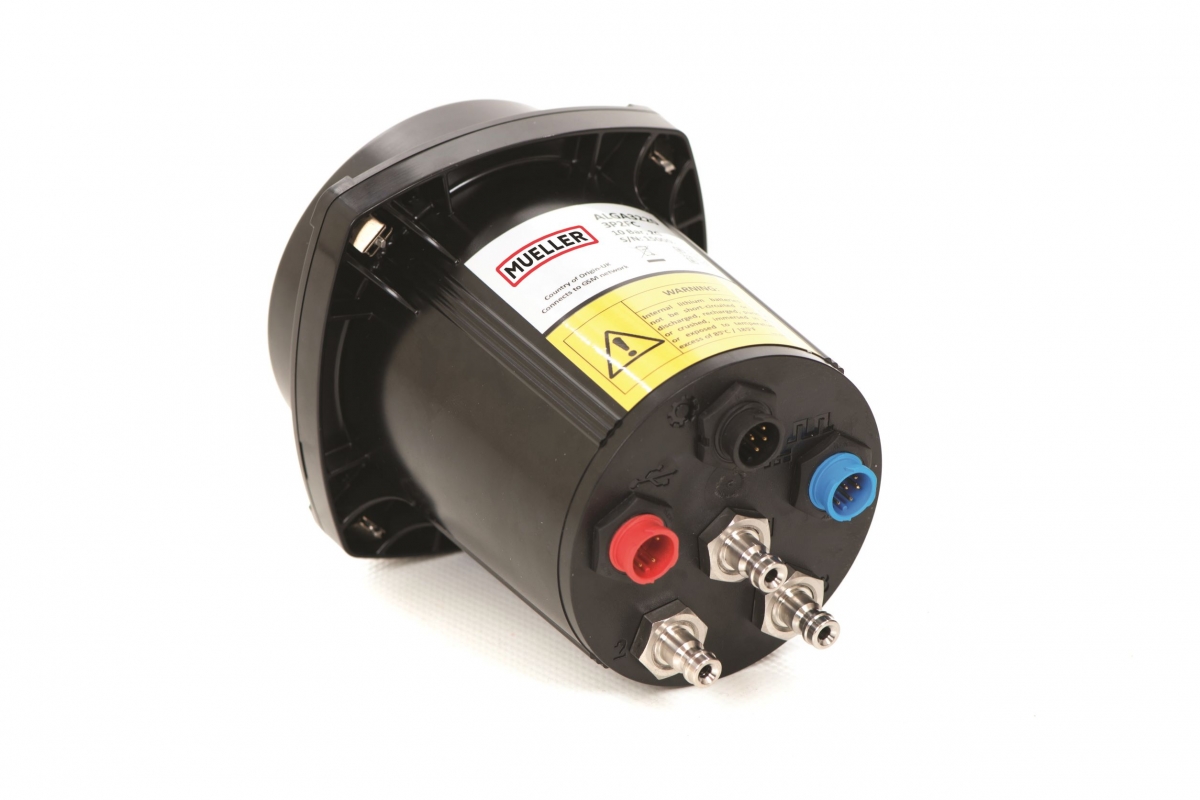Instrumenting The Water Network: The Time Is Now
Date:
Publication:
Sensor technologies are found in much of the world’s infrastructure today, including power grids, communications networks, and even public roads. Water utilities have been slower to adopt such technology, but that may soon change. Sensors have reached a critical intersection of capability and affordability that makes it easier than ever to adopt, deploy, and realize the associated cost savings and efficiencies. As a result, it has never been easier to instrument the water distribution network.
A Convergence Of Technologies
In the past, the main way for a water company to know something was wrong in the network was through a customer complaint. By the time customers have lost water pressure or notice that their water looks, smells, or tastes odd, the problem has likely worsened, resulting in more time and cost to fix the issue. Sensors give eyes and ears to a water distribution network, so operators can tend to system failures and address problems before they result in a customer complaint.
Advancements in technology have improved the functionality of sensors and made them affordable to deploy in any water distribution network regardless of size or design. These advancements include:
- Electronic and sensing technology. Sensor systems have become more robust and are able to operate in harsh conditions, extending their life and affordability.
- Battery technology. Today, batteries last longer and are more reliable, increasing sensor life expectancies, which is especially valuable for sensors in remote locations that are not easy to access or accessed less often.
- Communications technology. The proliferation of cellular communication technology and networks ensures instrumentation can easily return data and be configured or updated.
- Data storage. With cloud storage and software-as-a-service (SaaS) offerings becoming the preferred option, there’s no longer a need for water utilities to invest time, expertise, and real estate to store data on servers.
- Security. With continual improvements in security of cloud-based software services, water utilities can rely on the best industry solutions to safeguard their information.

Progressive water companies are preferring to collect data from permanent sensors that transmit near real-time data to the cloud. This eliminates the need for truck rolls, personnel, and management of programs to take periodic measurement. Most permanent sensors allow for setting parameters that can trigger alarms and, in some cases, automate responses to preempt an undesirable event. The three most common permanent sensors include:
- Pressure/flow loggers give visibility to flow rates and pressure change at different points in the distribution system. They can help detect and diagnose leaks/bursts, water hammer, and other disruptions.
- Acoustic sensors can identify faint acoustical noises emitted by leaks and pinpoint the location.
- Water quality sensors can measure pH, chlorine residuals, turbidity, and more. If levels are outside of the set parameters, an automated alert can be sent to operators or an automated flushing event can be triggered until levels are restored to normal.
Tangible ROI
Adding instrumentation throughout the water distribution network has become cost-effective. In addition to the affordability of the devices themselves, water companies can realize a significant number of cost savings through their deployment and usage. Measurable ROI can be calculated in:
- Improved operational efficiency. With a pulse on the entire operations of a water system, water companies can take proactive measures to improve flow, make repairs before they worsen, and respond quicker to failures in the system.
- Reduced cost of repairs/solutions. Knowing that there is a problem in the distribution network allows crews to schedule maintenance before it becomes a bigger issue that requires a costly repair or an emergency that disrupts service. Emergency repairs often require special equipment and resources to fix as quickly as possible.
- Reduced customer calls/complaints. Water companies can address issues before they affect customers and knowledgeably communicate with customers if delivery is affected – all of which boosts the efficiency of customer service.
- Maximize existing water supply. Leveraging network instrumentation to reduce water loss is considerably cheaper than adding new supply.
Scale Based On Need
Instrumentation does not need to be an all-or-nothing endeavor. Water companies can start small, targeting critical or problematic portions of the network using only the sensor types needed to monitor specific challenges. For example, if there is a critical main feeding a large urban zone or a major medical facility in one zone, multiple sensors for a variety of data collection on this part of the network may be a priority. Once the benefits of the top priorities have been achieved, it is possible to increase instrumentation to the next tier of priorities at a pace that matches the budget.
Analytics Abound
Sensors and the collection of data are only beneficial when they can produce actionable insight. Using technologies like the Sentyrx Water Intelligence Platform can improve the visualization of assets using multiple formats – maps, graphs, charts, and tables – which can be analyzed and organized into actionable outcomes. Alerts can be sent when parameters are breached or when readings deviate from an established norm to draw attention to anomalies. Analytics, AI, and machine learning can be applied to the data to extract additional insight, such as trends and predictable outcomes. This helps with scheduling maintenance and capital planning for larger projects.
The challenges that water companies face are huge. They include an increasingly urbanized population, aging infrastructure, more extreme weather events, an aging workforce, and regulatory requirements to deliver minimum pressures and reduce water loss. Never has it been more important to identify, diagnose, and resolve network issues quickly. Instrumenting the network gives water companies a much-needed head-start to optimize existing infrastructure and prioritize capital project expenditures. It’s time to instrument the network.
Click here to read in Water Online